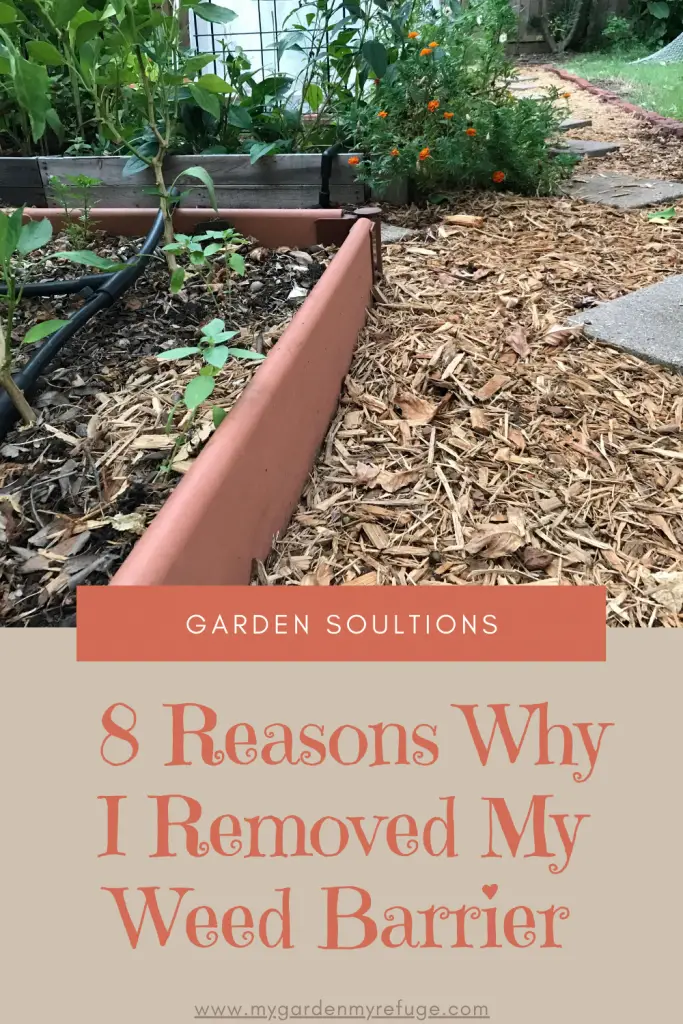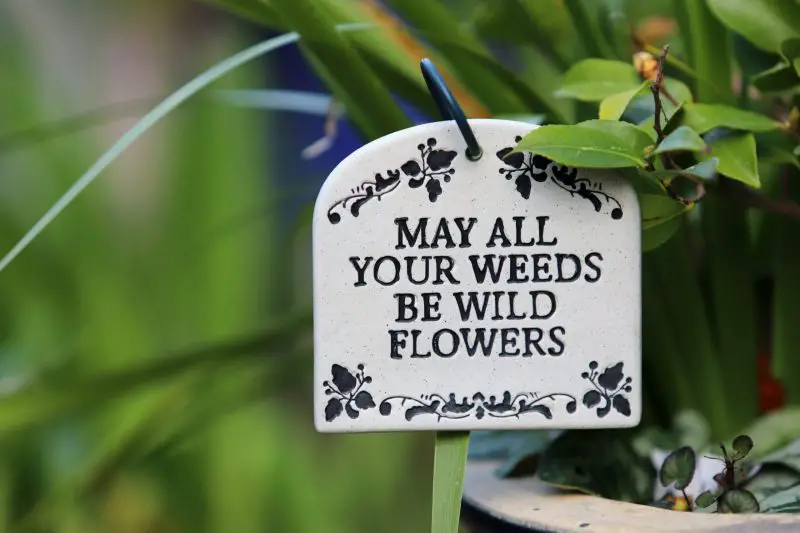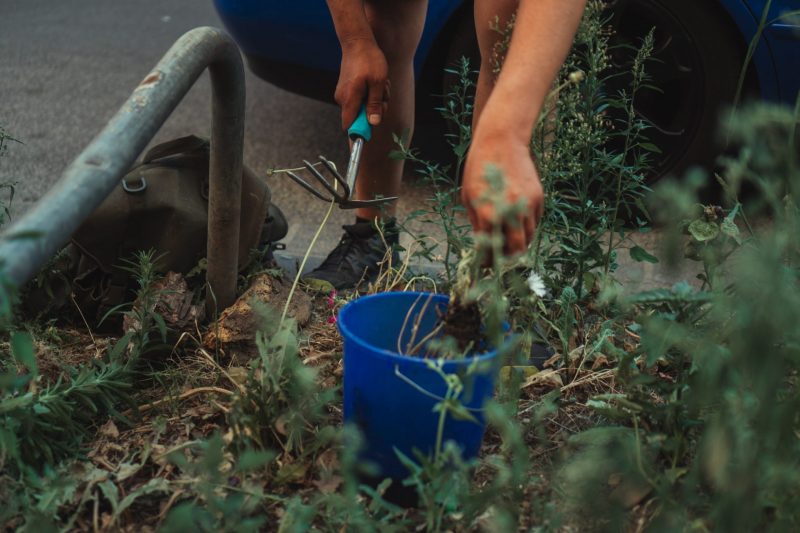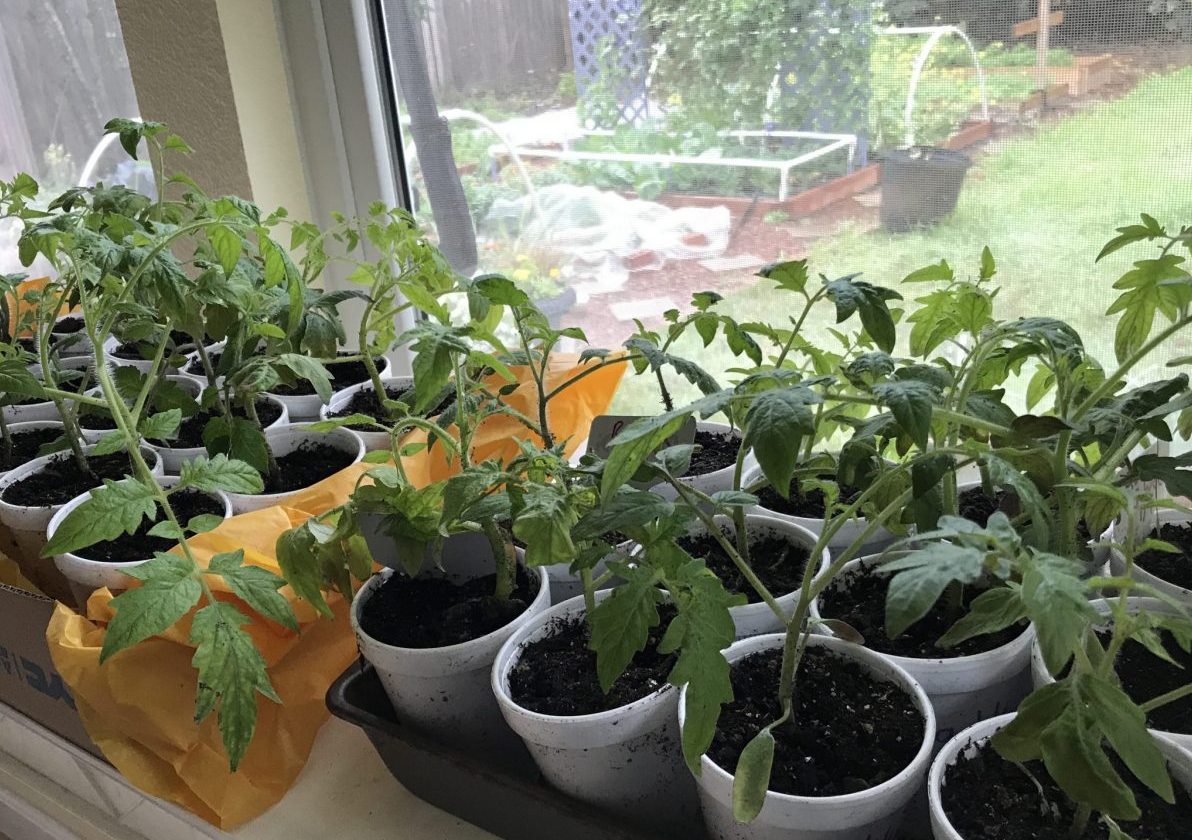Strolling in my garden, I noticed weeds in some areas of the pathways. I leaned down to pull one of the undesired plants and felt the resistance from the weed fabric I laid five years ago. I first thought this weed barrier was not doing a good job, and I should get a stronger one and redo the pathways. But, as the days passed, I decided to take it off altogether instead, and here are my six reasons to not use weed fabric ever again.
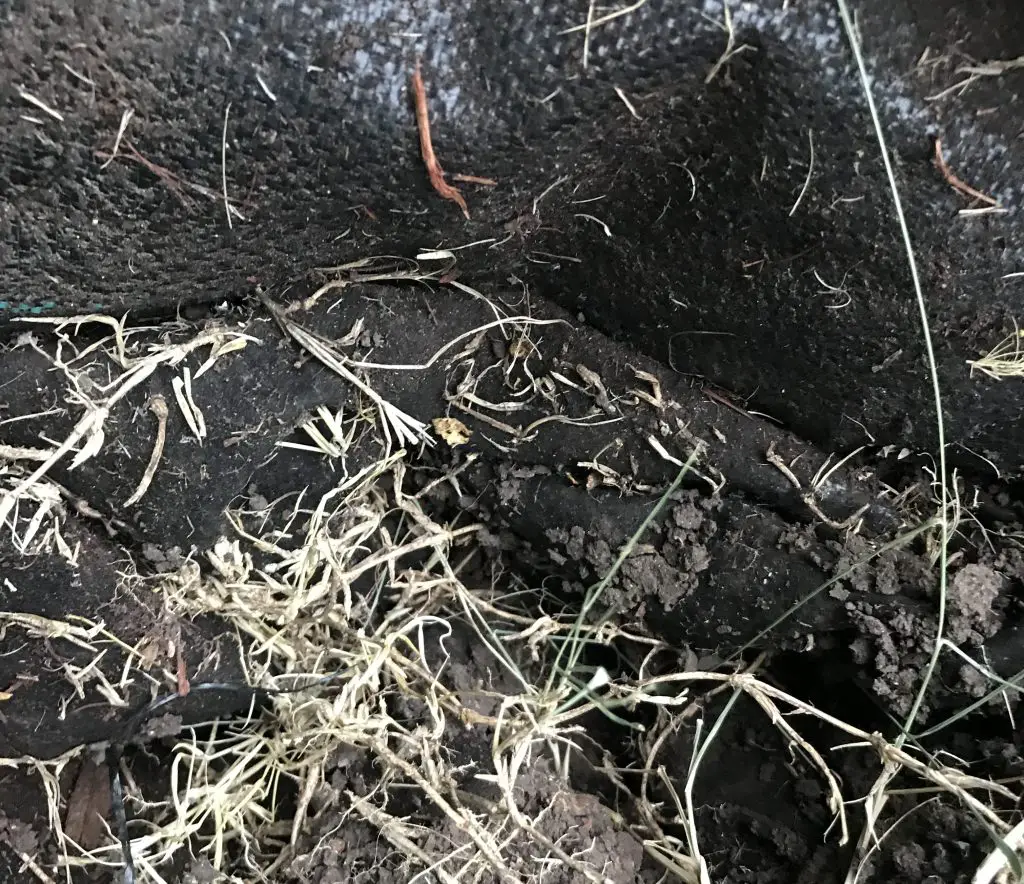
#1 It is not a permanent solution
Laying landscape fabric before putting on gravel or mulch is, in fact, a quick solution for a long-term problem. Indeed, you may succeed in blocking undesired plants from growing, but that’s only for a short period. As the seasons go by, birds and natural elements drop seeds that eventually sprout and grow into a whole plant. Also, Organic matter, such as tree leaves and dirt, settles between the fabric and the mulch or gravel, creating a growing medium for the weeds.
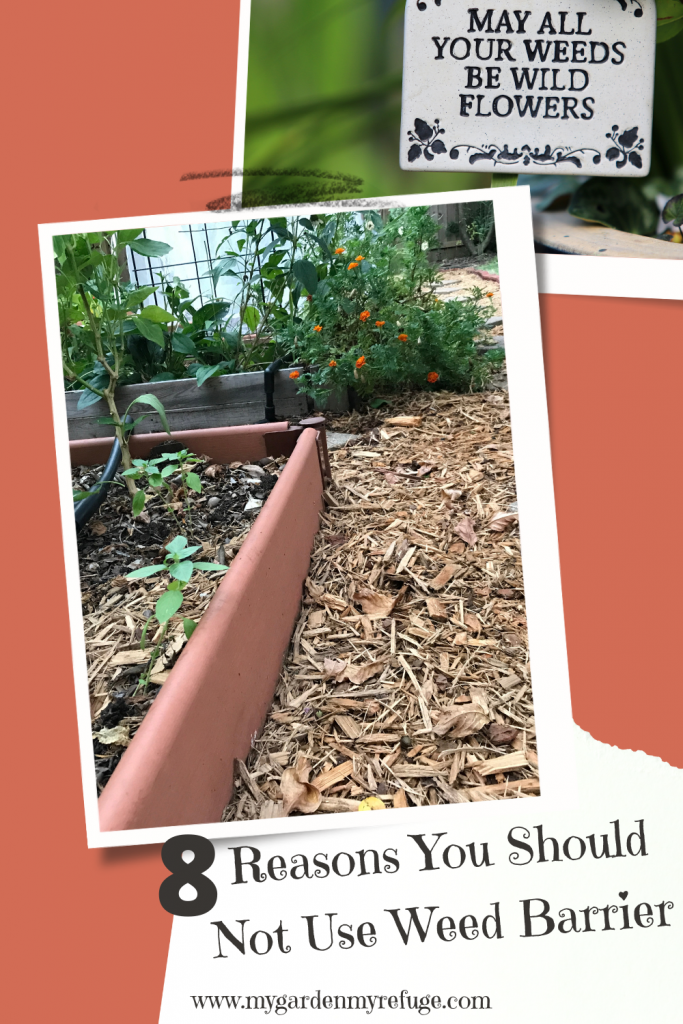
#2 Makes weeding difficult
The truth is that some plants are strong and resilient, such as bermudagrass in Texas. This grass is hard to kill and is quite invasive to its surrounding areas. It always finds its way through any obstacle, thanks to its runners.
Bermuda can grow through the fabric and ruin your hard work. The hardest part is that it is even more challenging to pull because Its roots weave themselves within the material.
Other plants, such as dandelions and nutsedge, also send roots through the fabric, preventing the gardener from pulling the whole root system when weeding.

#3 Not permeable enough
During heavy rains, the soil needs more time to absorb all the extra water flow. When you have a weed barrier laid, that time is even longer. Also, the puddles forming all over the pathways cause the mulch to float away. This problem is minimal in areas where there is no weed fabric.
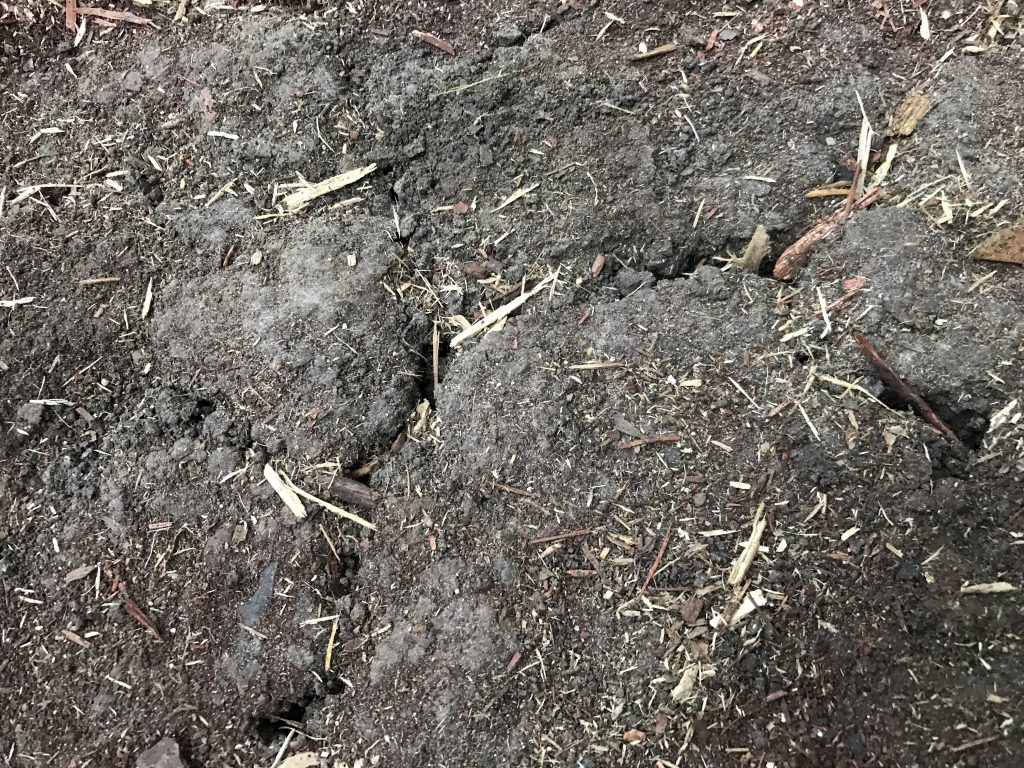
#4 Ends soil improvement
While pulling some weeds, I noticed the old mulch had turned into beautiful soil, which reminded me of the “Back-to-Eden” gardening method. Unfortunately, the heavy-duty weed barrier prevents this composted wood from improving the native soil. As a result, the revealed soil was highly compacted and full of cracks.
#5 Turns the soil anaerobic
As mentioned previously about the water not getting through the fabric fast enough, the same applies to air. The weed fabric covering native soil does not allow good air circulation, causing some unpleasant smells in the yard, especially after rainfall.
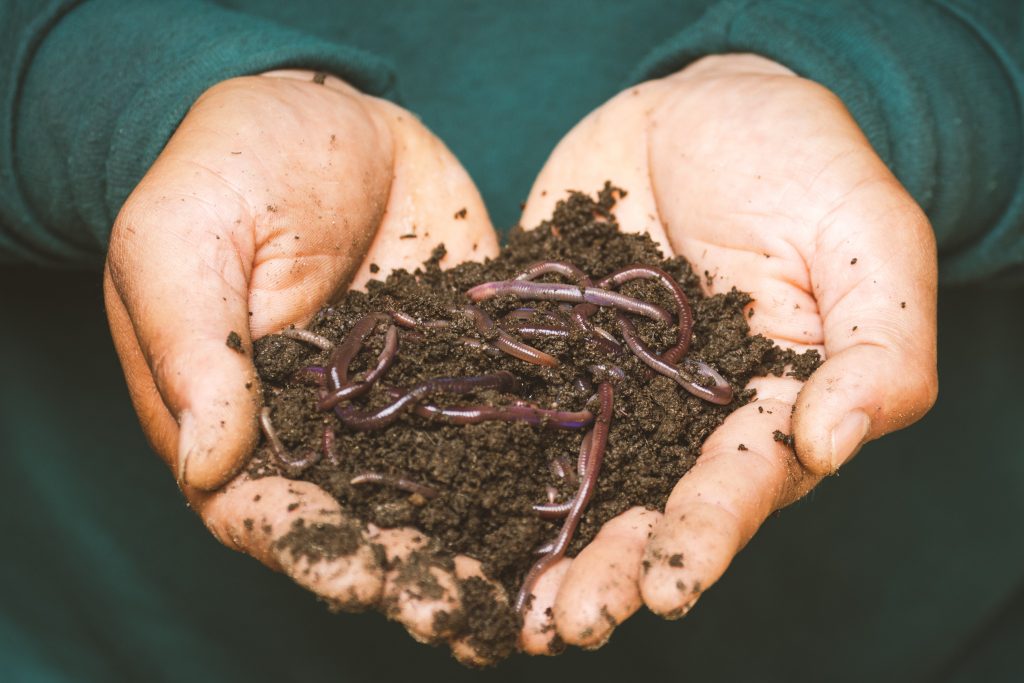
#6 Interferes with soil’s biological life
Soil is full of life; the living organisms that make up this life rely on different natural elements to survive. The weed barrier blocks many elements, such as air and light. It also prevents crawling insects from traveling around the surface of the soil.
#7 Not ecofriendly
Weed fabric is made of petroleum-derived material that may harm plants by leaching harmful chemicals. Also, like plastic, it is not biodegradable, which will increase waste. Using more of this material will only add to the damage we are already causing on this earth. As gardeners, we should work with nature and not against it.

#8 Unnecessary expense
When starting a garden, the cost of materials can add quite significantly. Weed fabric is one of those expenses you can easily skip.
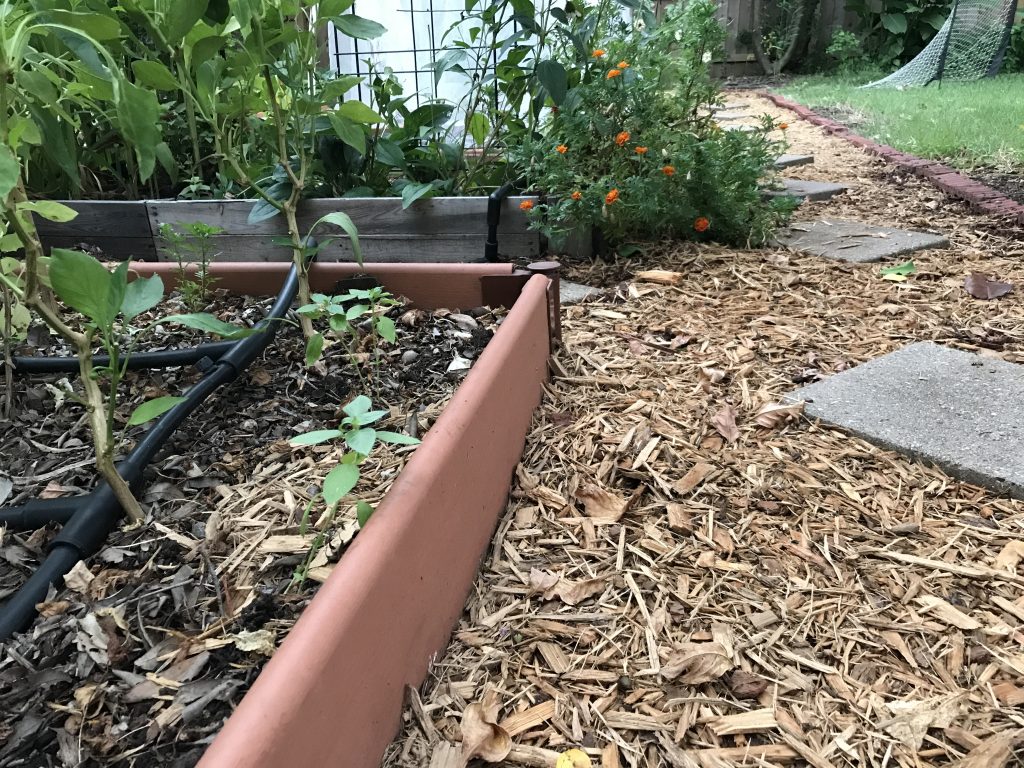
Making a better choice
In my case, I decided to get rid of all weed fabric in my pathways. I laid mulch straight on the ground. Of course, it won’t eliminate weeds, but removing them will be much easier.
Another solution is to lay a thick layer of cardboard before putting the mulch to block sunlight from reaching the soil and smother the weeds. Eventually, the cardboard will decompose and will enrich the soil.
Another solution is leaving the grass around the raised beds. You may place stepping stones to define the pathways. Make sure, however, to leave ample space in between the beds for the lawnmower.
